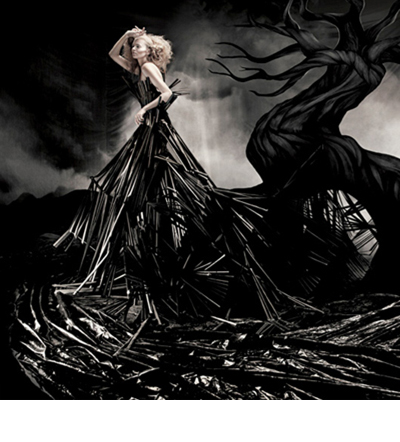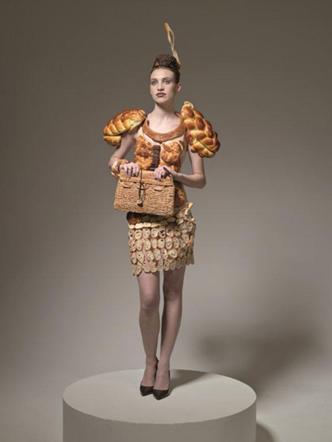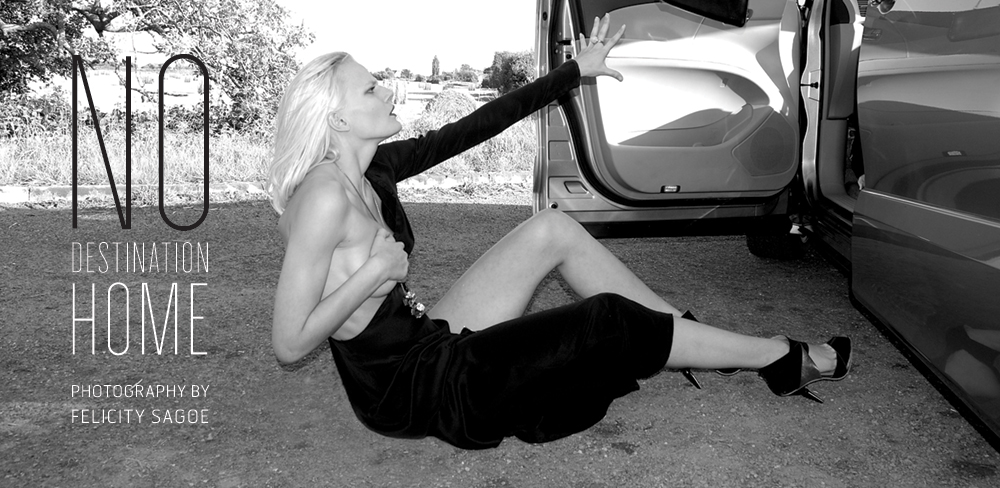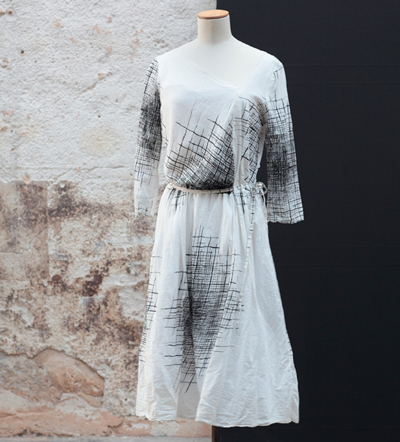
![]()
How has Hannoh lasted so long? In 1994 German-born, Paris-based Hanno Wessel started his label Hannoh with only fifteen pieces made from bed sheets and linen canvases typically used for art work. Since then it has survived the fashion industry’s manic-depressive moments, the severest in the aftermath of two Iraq wars and the global economic crisis. Now the brand is expanding.
This month Hannoh launched its fall-winter 2011-2012 collection — a light, earthy affair — in the tiny studio where it all began, within walking distance of the bustling cafes of the Marais district and the rows of cheap Chinese fashion outlets in the eleventh arrondissement. In September Hannoh will open a second store in the sixth arrondissement, Paris’ historical fashion center.
The label’s longevity can be attributed to Wessel’s timeless pieces that allow women to develop their personal style slowly. He starts by envisioning the full lifetime of the garments to ensure their beauty as they age. The pieces must be easy to wear without being too stiff or “mumsy”. “I’m very concerned with mumsiness,” he says in a German accent, softened by 23 years in France and shaped with the Queen’s English.


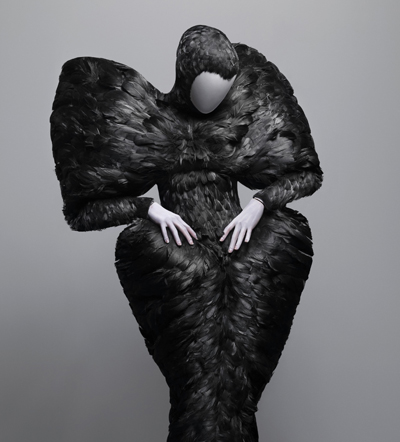
All Images Courtesy of the Metropolitan Museum of Art.
It is hard to talk of a genius to whose work you have always been attracted, and for a writer it is not easy to admit that for once, images speak louder than words. But when one comes in contact with the work of Alexander McQueen, whose untimely end last year devastated the fashion world, one has no choice but to put down the pen and just look.
The new exhibition of McQueen’s work opens tomorrow at the Metropolitan Museum of Art in New York. Curated by Andrew Bolton of the Costume Institute, this show is a comprehensive overview of McQueen’s oeuvre. It is safe to say that this time the Met has outdone itself in its ambition to give a creator his due. The show is awe-inspiring in its tremendous scope and execution. Where it truly succeeds is in its ability to show how multifaceted McQueen’s talent was. His work combined historical and social commentary, cultural criticism, and romantic fantasy. The mind-blowing complexity of the garments speaks not only of McQueen’s skills, but also of his uncompromising nature. And while I am often hesitant to say that fashion is art, in McQueen’s case this seems like an apt comparison.
Click for slideshow

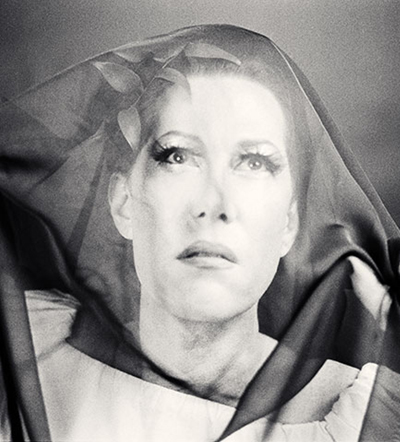
Justin Bond Photography by Ioulex
From my regular column in AnOther magazine.
It looks like another one of the city’s shadowy artistic demoiselles is about to take a turn in the limelight. If anyone is the talk of New York City at the moment it is Justin Bond. A tall, blond, transgender cabaret signer, Bond worked his way up through the San Francisco and New York performance undergrounds as part of a duo lounge act called Kiki and Herb. The act, which centered around Bond’s character Kiki, an aging, bitter, alcoholic singer who was as poignant, raucous and funny as she was tragic, developed a cult and critical following which led them to Carnegie Hall and a stint on Broadway, earning Bond a Tony nomination. Now he has a much-awaited debut album coming out tomorrow, and he’ll be performing his new solo show at the Bowery Ballroom to celebrate. Recently, Bond received a glowing critique in The New Yorker that called him the greatest cabaret artist of his generation. His act is witty, raunchy, confessional, political, and redemptive – just like good cabaret ought to be. It’s also full of personal tales of life, love, art, and identity that speak to the struggles of becoming fully human in this world, particularly if it’s not clear what invisible box you fit into, and that offer a cathartic peace and connection to many in the crowd. Last week, just a few days ahead of the release and show, I was able to ask Justin a few questions.

“I never like to shoot what’s shown to me – I only use that as a guideline” remarks photographer and advertising graphic designer Tejal Patni about his style of work. Patni’s high fashion editorials expose a dark surreal reality reminiscent of Tim Burton’s taste for gothic allure. Utilizing teams of stylists, set designers, makeup artists and photo retouchers Tejal’s photography blurs the lines of conventional photographer remixing fantasy and high fashion in a way that make’s one stop and question “ Hey, how’d he do that?” Splash, a fashion retailer from Dubai took notice, commissioning the young indian photographer to create the images to accompany the limited edition 2011 calendar for their international website. To help him articulate his gothic fairytales, Patni partnered with New York photographer Kirstan Hermans, who specializes in theatre costumes. The result in a nearly monochromatic future with some seriously dark undertones; a spectacular vision of a post-apocalyptic theatricality.


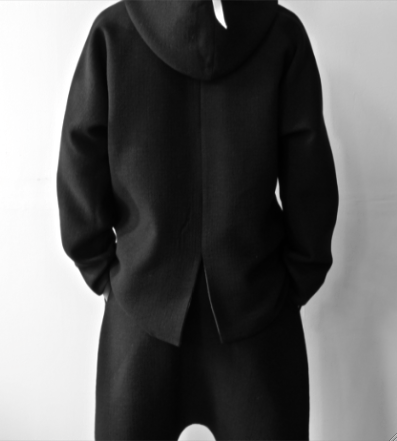
![]()
It’s said that only two things in life are certain: death and taxes. And, if you’re a fashion designer, there’s a third: chaos. Chaos that begins right after you take a bow for your latest collection –– because now, you have to start from scratch –– and do it all over again. It’s this allegiance to the industry’s rule book, which dismisses a designer’s creations every six months in favor of something/anything new, that keeps the chaos rolling in as predictably as most collections are rolled out.
On the opposite end of that arc is where you’ll find Mariavittoria Sargentini, the Perugia-based designer behind minimalist’s dream label, Marvielab, deviating from the status quo by following a very different set of rules: her own. First rule: Take your time. Rather than creating 4 separate collections a year (designing both men’s and women’s means two for each), Sargentini channels her energy into producing pieces for 5 distinct categories, which she calls “projects”. Because the projects are kept ongoing rather than seasonal, it allows her work to evolve over time –– rather than a ticking clock. The beauty of such evolution, unhurried, is that it leaves little room to get distracted by the trend du jour – a pitfall even the most authentic designer can fall in to.

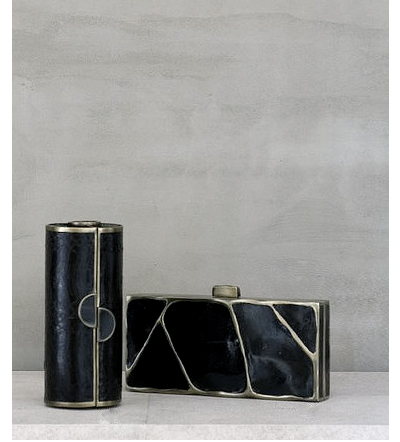
Black shell minaudiere with brass detail
If I could assign fashion a “$64,000 question”, it would probably revolve around the age-old debate of whether to share the excitement of a new discovery with everyone in your contacts list–or keep it safely tucked under your hat for as long as humanly possible. In no area does this temptation to “plead the Fifth” seem greater than accessories– where the quest to find a statement-making bag that will keep its cool long after the latest “it” bag has said its goodbyes is still considered a challenge.
Lucky for us, Ria and Yiouri Augousti, the husband-and-wife team better known as R&Y Augousti, are up for the task. If the label doesn’t ring a fashion bell, that’s because the line’s focus has been rooted in small furniture and home accessories design since launching in Paris in 1990. Influenced heavily by their love of the Art Deco era–a period known for taking creative carte blanche in using rare and extravagant materials–the couple adopted a similar sensibility, using exotic skins and shells to create striking pieces with a distinctly “modern vintage” flavor, as they call it.

![]()
There are some with a taste for fashion. And then there is photographer Ted Sabarese. In his world, loafs of challah serve as shoulder pads, artichoke leaves can be assembled into evening gowns, and ravioli is best worn with brown loafers. Shot in early 2009, Sabarese’s “Hunger Pains” series predates Lady Gaga’s infamous meat dress, but it may be thanks in part to the pop star’s awards show attire that these flavorful images have found a second life online. Its outfits may seem a bit unusual, but imagine having to explain a fur coat or a leather jacket to someone unfamiliar with either of them.
Given his experience in advertising, including campaigns for Verizon Wireless, IKEA, and Halls Cough Drops, it makes perfect sense that the photographer is drawn to character-driven portraits best appreciated as components in a portfolio. As in advertising, there are signals to be found just about everywhere in his pictures. PLANET recently spoke to Sabarese about food, fashion, and the controversy that results from mixing the two.
Looking at some of the edible clothing that you’ve assembled, it’s amazing how much it tends to resemble the textured fabrics and layered articles that people might actually wear.
Obviously when you look at the images, you do know that it’s food. But the hope is that maybe for a nanosecond, you look at it and say, ‘Oh, that’s beautiful,’ especially the artichoke dress, which I think is a beautiful couture dress. There’s the waffle pants guy, and his banana shirt was kind of argyled. And the man wearing the pasta – it was supposed to be like a woven sweater.


Click for slideshow Speed Of Life Life 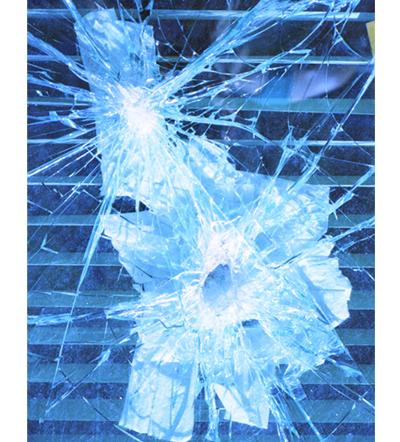
![]()
In an age in which Photoshop dominates the photography landscape, it is a relief to have David Benjamin Sherry to bring some of the magic back to analog photography. Sherry’s vividly colored autobiographic photos chronicle a range of personal topics and an even broader and bolder range of sexual fantasies. “If I am romantic of the past for one thing, it would have to be the handwork, feel, emotional content, labor-intensive and traditional printing of photography.” says Sherry. Certainly there is a care and devotion to his process which serves to strengthen the magic of his picture making.
Sherry received his BFA from Rhode Island School of Design in and his MFA from Yale and has established himself in New York’s downtown art scene along side the likes of Benjamin Cho, Ryan McGinley, and David LaChapelle, whom he interned for as a teen. Making darkroom pictures in a digital age, Sherry certainly seems to be channeling his Woodstock roots with his blend of fantasy and fashion. Work from his trip around Pacific Northwest radiates with a trippiness similar to aura fields. His work appears strikingly genuine, lacking in irony and contrariness that has become commonplace in contemporary art. Instead, Sherry sticks to the truth, hoping that people will sense in the images the strength of their creator. Indeed, David Benjamin Sherry’s work speaks for itself.

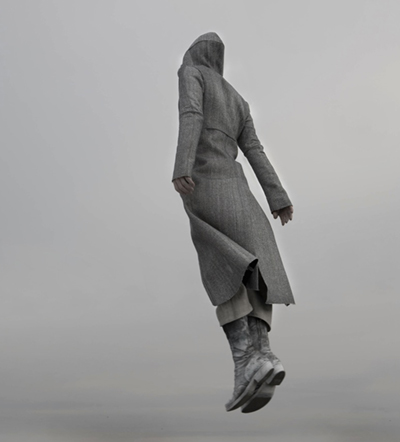
Photography by Jeff Elstone
There’s an old Chinese proverb that says “an accidental meeting is more pleasant than a planned one.” In fashion-speak, this paradox in logic simply means that sometimes the last thing you intended to happen can turn out to be quite a welcome surprise. Such is the revelation being made by emerging niche clothing label, InAisce (pronounced “en ah-skuh”; in Gaelic, it means “in vain”), which has been growing an impressive army of female devotees –– despite the fact the line was conceived for men. I recently caught up with Jona, the enigmatic designer behind InAisce, at his busy Brooklyn studio to find out what, exactly, all the fuss was about –– and to try some of it on for size.
I arrive to find Jona cutting muslin pattern samples by hand. Soft-spoken, but direct, he’s layered in pieces from his own collection, including black twisted-seam pants which are molded to his legs, and dark military-ish boots that play with the illusion of being dusted in snow. That’s the first thing you notice. The second, are the rows of quietly subversive garments hanging along old overhead ropes –– the sartorial equivalent of being caught in a beautiful, dark storm. Having just helped a flustered intern re-thread an uncooperative serging machine, a game of musical chairs begins as he whips around the room. The continual left-right-left hopping from industrial sewing machine to monstrous pattern-cutting table is not unlike watching a tennis match –– albeit played with scissors instead of racquets.







 Facebook
Facebook Permalink
Permalink Digg
Digg Reddit
Reddit LinkedIn
LinkedIn StumbleUpon
StumbleUpon Tumblr
Tumblr